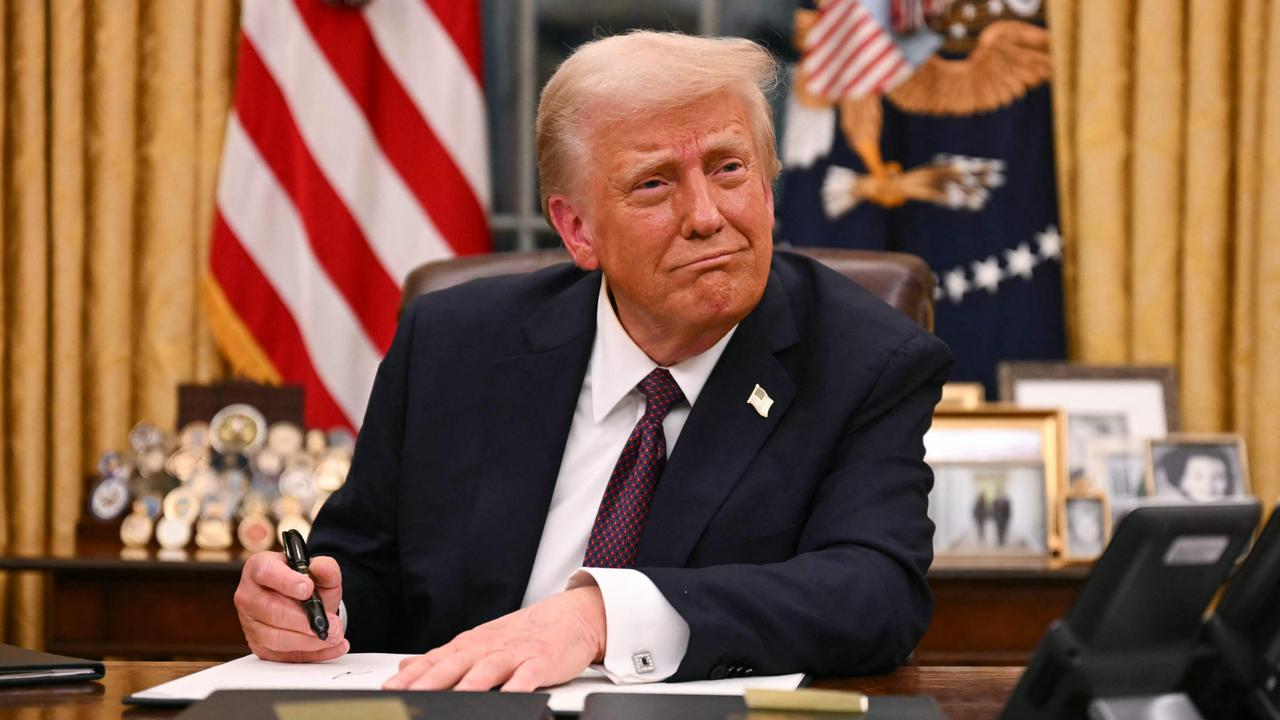NSW brumby population plummets to 1500 in ‘turning point’ for famed Snowy Mountains
New photos have revealed the “turning point” in one state’s fight to control feral horses – the famed Snowy Mountain brumbies.
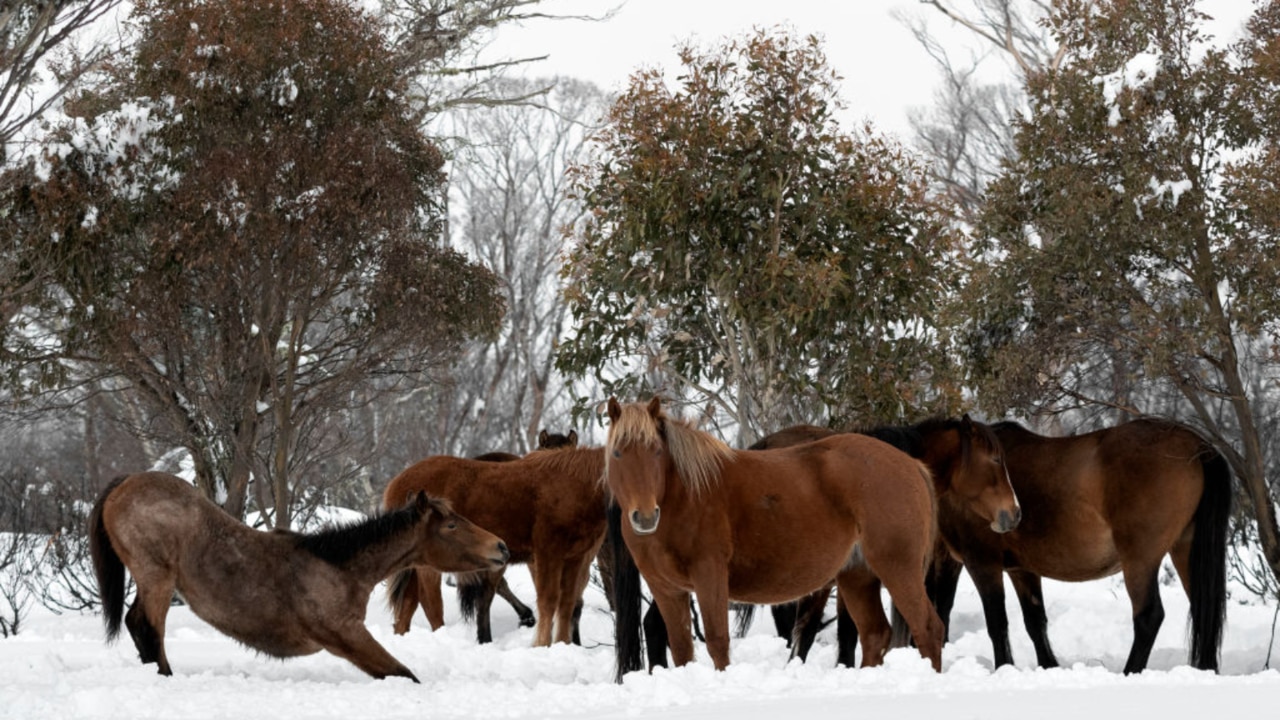
The number of feral horses roaming NSW’s Kosciuszko National Park could be as low as just 1500 as wildlife activists herald the success of controversial aerial culling.
An October 2024 report found that between 1500 and 6000 brumbies likely remained in the park, down from a whopping 13,000 to 22,000 reported the previous year.
The survey puts the state government well ahead of its legally mandated goal of reducing the population to 3000 by June 30, 2027.
Invasive Species Council chief executive Jack Gough said the report was a “turning point” and “nature is responding” to the dramatic reduction in feral horses.
“Fewer hard-hoofed feral animals trampling the fragile alpine environment means more native species returning,” Mr Gough said.
“More delicate wetlands recovering and more hope for one of Australia’s most vulnerable national parks.

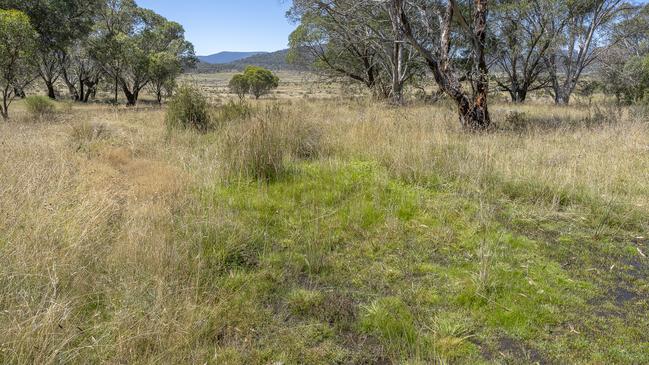
“Now we need all sides of politics to come together to keep up this momentum for a wildlife revival by overturning the law which requires 3000 feral horses to remain trashing and trampling one third of the iconic Kosciuszko National Park.”
Introduced by former NSW deputy premier John Barilaro, the so-called Brumby Bill – known properly as the Kosciuszko Wild Horse Heritage Act – recognised the “heritage value” of wild horse populations within parts of the park and mandated numbers be reduced to just 3000.
The Invasive Species Council, at the time, said the Bill “turned Australia into a global laughing stock”, and it was heavily criticised by academics and environmental activists groups who have long decried the harmful impacts of the invasive horses on the delicate alpine ecosystem.
Independent Wagga Wagga MP Joe McGirr introduced a petition to repeal the Bill, which was signed by more than 11,000 people, to parliament earlier this month, with no MPs from Labor, Liberals or the Greens speaking against the petition, including Monaro MP Steve Wahn.
“Barilaro’s brumby law has no friends in parliament, other than a few fringe voices in the upper house, and the next step must be for parliament to repeal this bad law once and for all,” Dr Gough said, having previously called on NSW Premier Chris Minns to repeal the Brumby Bill.
The state government survey also comes after new photos were released by the NSW National Parks and Wildlife Service of recovery in the Kosciuszko National Park.
Reclaim Kosci founder and Invasive Species Council Indigenous ambassador Richard Swain said feral horses “trample our fragile landscapes, pollute our streams, and damage sacred Country”.
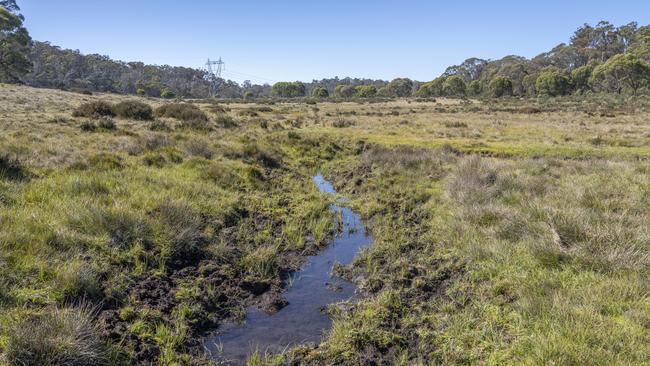
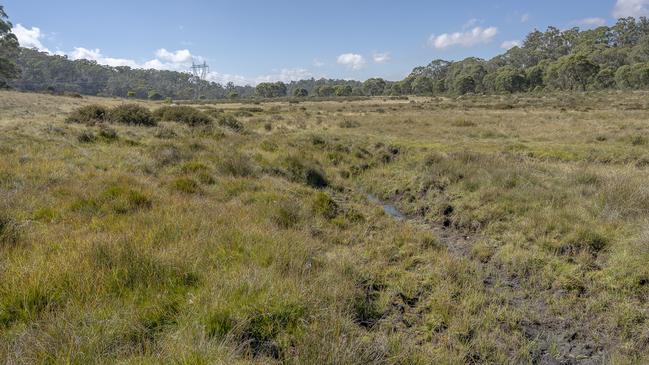
“Finally, the health of the soil, water and our native species in the Snowy Mountains is healing, but we need to fix the ridiculous law that still protects a feral animal over our native plants and animals,” she said.
“It’s a national park, not a horse paddock.
“For the sake of the high country, it is past time that we put to bed the senseless arguments and accept the evidence that removing feral horses is the only way of protecting Country from this destruction.”
ANU Fenner School of Environment and Society professor Jamie Pittock said the new images “should be the catalyst – let’s stop debating numbers and get on with the job of protecting the park”.
“Kosciuszko is home to threatened species like the northern corroboree frog, broad-toothed rat and critically endangered alpine she-oak skink – all of which suffer when feral horses degrade their habitat,” he said.
“Every delay puts this more at risk.”
The state government survey used two independent scientific methods – both showing a significant drop off in numbers compared with previous years, albeit it with some variation between estimates.
The Australian Brumby Alliance, which has have been vocally opposed to aerial culling of feral horses, are yet to respond to the report, which was released on Wednesday, but has been critical of population control.
The organisation is supporting a parallel petition by NSW Animal Justice Party MP Emma Hurst that is calling on the state government to implement “nonlethal solutions”, namely rescue and rehoming of wild horses.
An attempt to stop aerial culling of wild horses was dismissed by the NSW Supreme Court last year.
Originally published as NSW brumby population plummets to 1500 in ‘turning point’ for famed Snowy Mountains

